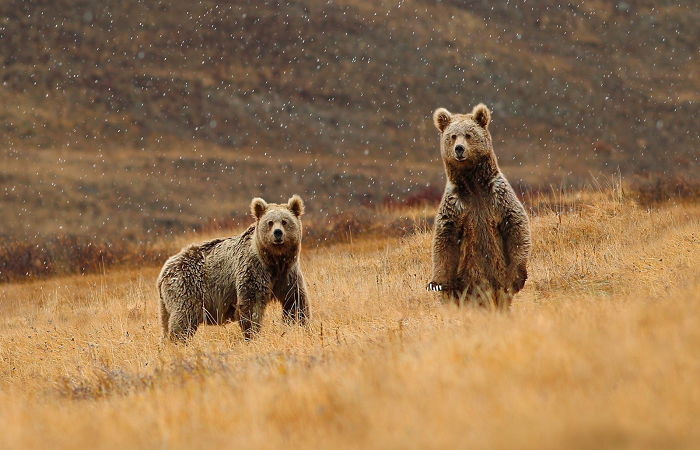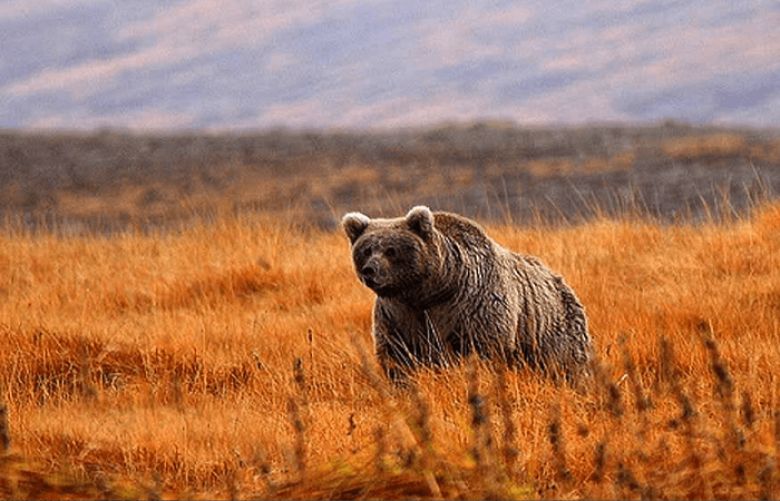The collaboration between South African wildlife experts and Pakistani conservationists to monitor the Himalayan brown bear in Deosai National Park represents a significant step in conservation science. By employing telemetry collars, the project pioneers a comprehensive approach to tracking the movements and behaviors of these endangered bears, offering insights into their natural habitats and survival strategies.
This initiative underscores the critical need for international cooperation in wildlife conservation, highlighting the complex interplay between human activities and wildlife preservation.
The stagnation of the bear population at approximately 77 individuals over the past four years, due to increased human activity, emphasizes the urgency of implementing effective conservation strategies. The telemetry collars provide valuable data on hibernation patterns and spatial movements, which are crucial for understanding the ecological dynamics of the Himalayan brown bear and devising measures to mitigate human-wildlife conflicts.

Furthermore, the collaboration serves as a model for capacity building among local conservationists and rangers, enhancing their skills in wildlife monitoring and management. This aspect of the project not only contributes to the immediate goals of bear conservation but also fosters a culture of sustainable wildlife stewardship in the region.
The challenges faced by the conservation team, including the technical difficulties of tracking in rugged terrains and the broader issue of habitat encroachment, reflect the multifaceted nature of wildlife conservation efforts. The successful adaptation of tracking technology originally designed for other bear species illustrates the innovative approaches required to address these challenges.

In conclusion, the article not only sheds light on the plight of the Himalayan brown bear and the innovative efforts to conserve it but also illustrates the broader implications of such work for global conservation practices. It highlights the importance of technology, international collaboration, and local engagement in addressing the pressing challenges facing the world's endangered species. This case study enriches our understanding of conservation science, offering valuable lessons on the integration of technology, research, and community involvement in preserving biodiversity.

